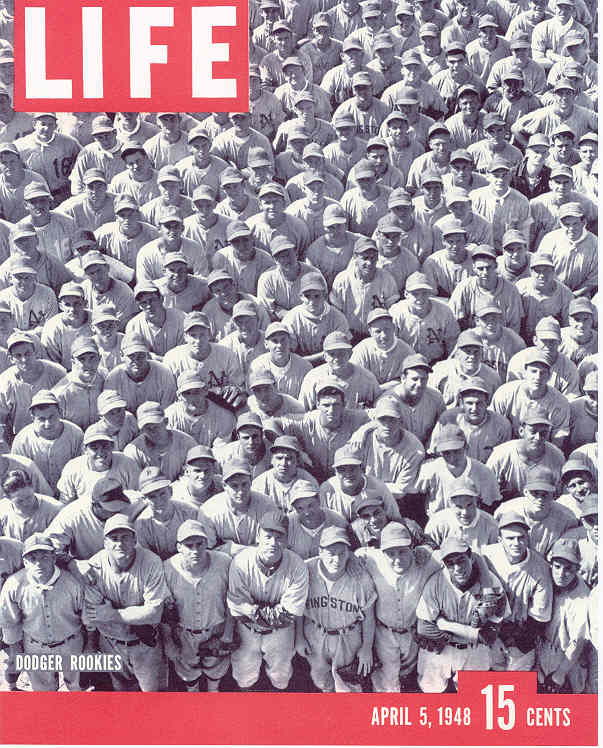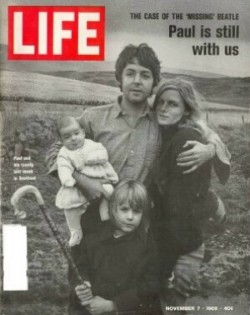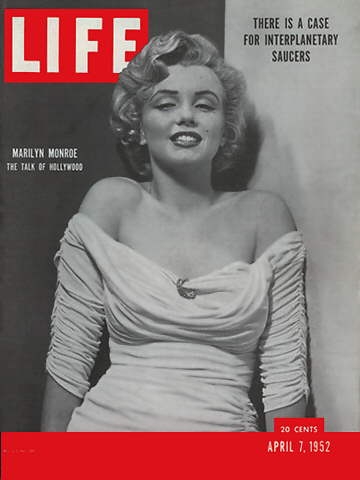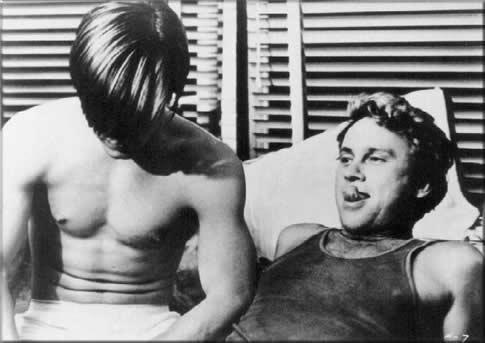Sunday, March 21
communication is a virus, new song proposal
After having a crit it was decided that the 'Like a Rolling Stone' wasn't suitable for the advert. It had a good tune and worked well with the video, but the lyrics and message behind the song was too negative and didn't communicate what we were trying to put across. This 'Beatles' song seems to fit nicely, it is a very good feel good song, I reckon it will work well with the footage, the first few chords just represent happiness already.
Friday, March 19
communication is a virus- facts.
Answer
There are a lot of benefits of reading... but here are a few:
It expands your vocabulary. It improves your spelling. It helps you understand different ways of life. It helps you understand different ideas. It helps you learn to communicate. It helps us find other people like ourselves. It can be fun to read new stories and find out what happens. It expands your imagination. It helps you know what other people know, so that instead of repeating their mistakes and experiments, you can expand upon them and go farther as a community. It helps you drive from one place to another. It allows you the freedom to find out what other humans have had to say over the years. It helps you know what drugs are in which bottles. It helps when you have to mute the TV because you can read the subtitles and still know what is happening. It helps you go on the internet and interact.
I could go on... for days, probably. But that is a start.
A few important 'practical' benefits of reading can be:
Reading can make one learn not only languages but cultures and rituals of civilizations by making an individual live the past, present or future of places he or she has never been to.
It is like a manual to handle a device called life where in there are so many possible situations and options where in what counts is the experience. Reading makes an individual benefit out of the worldly experiences of people and help shape an intellect out of that learning, help take decisions on occasions where in one has to be in the same shoes as that of any other individual already been there.
communication is a virus- facts.
1. READING is the most important subject
in school. Why? Because a child needs
reading in order to master most of the other
subjects. It’s extremely difficult to do word
problems in math if you can’t read the
words. How can you answer the questions
in social studies or science if you can’t read
and understand the textbook? If it’s so important,
how does a child “get good at it”? Read
on.
2. ACROSS the world, children who read
the most, read the best. And that includes
all social levels—rich or poor, urban or
suburban. Here’s a chart involving 250,000
teenagers in 32 countries. Starting with the
left column (low engage.), we see students
from three income levels who read the least,
then those who read a moderate amount,
and finally those who read the most (also
the widest variety of print—books, magazines,
fiction, nonfiction). Among all incomes,
the more they read at home, the
higher they scored, but the biggest gain for
low-income students was when they entered
that “most engaged” category. So how do
we get them to read more at home? Read on.
3. WE humans are pleasure-seekers, doing
things over and over if we like it. We go to
favorite restaurants and order the food and
beverages we like, not the stuff we hate. So
if you want to ensure children visit “reading”
more often, make sure they like it more
than they hate it. How do we get them to like it
that much? Read on.
4. READ aloud to them, even as infants. Initially,
the sound of your voice is a beacon of
calmness, conditioning the child to associate
you and the book with security. As the child
grows, so too does the time you should
spend reading in one sitting, from a few
minutes to at least 20 minutes, from picture
books to chapter books. I can see the benefits
for younger children but I thought my 1st-grader
was supposed to come home and read to me. How
can he get better at reading if I’m doing the reading?
Read the next paragraph.
5. LISTENING comprehension comes before
reading comprehension. You must hear a
word before you can say it or read and write
it. If you’ve never heard the word “enormous”
in a meaningful way, you won’t understand
it when it’s time to read or write it.
There’s a kind of “word reservoir” in a
child’s brain and one of the jobs of a parent
is to pour so many words into it that it
overflows into speech and then reading and
writing. By age four, high-income children
have heard 45 million words from their
families and low-income children have
heard just 13 million. That’s a 32 millionword
difference equalling one year’s head
headstart
for the advantaged child. HUGE
FACTOR: a child spends 900 hours a year
in school and 7,800 hours at home. Who’s
the most important teacher? At what age do
you stop reading to a child? Read on.
6. CHILDREN usually read on one level
and listen on a higher level. It’s usually not
until eighth grade that the reading level
catches up to the listening level. This means
that first-graders can hear and understand
third- and fourth-grade books they can’t
read yet. These chapter books gradually
introduce them to new words, new ideas,
and the world beyond their neighborhood—
and that, in turn, helps them better
understand what they need to read in their
school books. Simple sentences in Dr.
Seuss books like “Hop on Pop” were written
to be read by beginning readers to
themselves; that’s why the cover label reads
“I Can Read It All by Myself.” Six-yearolds
are capable of understanding sentences
that are longer and richer than “All
Fall. Fall off the wall” but an adult must
help by reading richer sentences like, “Mr.
McGregor was on his hands and knees
planting out cabbages, but he jumped up
and ran after Peter, waving a rake and calling
out, “Stop thief!” (The Tale of Peter
Rabbit) What about families that can’t afford
books? Read on.
7. THE top winter Olympians come from
states where they have the most ice and
snow. And reading research shows that
children who come from homes with the
most print—books, magazines, and newspapers—
have the highest reading scores.
They also use the library more than those
with lower scores. Libraries have the most
and best books in the world—all for free.
Remember: a used book for 50 cents—like
you find in garage sales or thrift shops—has
the same words as a brand new copy for
$12.95. Reading families use the 3 B’s (to
help the 3 R’s): Books, Bathroom, and Bed
Lamp. Make sure there’s a box for books
and magazines in the bathroom for idle or
captive moments, and add one near the
kitchen table. Install a reading lamp near the
child’s bed and allow the privilege of staying
up 15 minutes later to read (or just look at
book’s pictures) in bed. It might be the most
important night-school he’ll ever attend.
8. THERE is a strong connection between
over-viewing of TV by children and underachieving
in school. Simply put: those who
watch the most know the least. Research
shows that up to 10 TV-hours a week has no
impact on children’s grades but beyond that
the grades decline. Sixty percent of children
now have a TV in their bedroom. Oh-oh! A
side-by-side comparison of third-graders’
math and reading scores tells it all in the
chart below—scores of children with or
without a TV in their bedroom. The average
child spends 1,460 hours a year watching
TV/DVD’s and playing computer games—equal
to watching “Gone With the Wind” 392
times year. What about buying those computer
programs or tapes you see advertised on TV that
teach reading? Read on.
9. THE most economical device to teach reading
is already in your home. Finland’s children
have the highest reading
scores in the world and
they use this device
more than any other country—and it’s free!
It’s closed-captioning on the TV. Turn it on by
using the “menu” button on the remote to
reach the “cc” area. Children unconsciously
absorb the sight of the words and their
sounds, making connections to how print is
used. It’s like having a free magazine subscription
in the home. All print counts. What
about recorded books—do they count? Read on.
10. WHILE a recorded voice is not as good as
a live adult who can stop and explain something
in the story, it’s better than nothing. It’s
also a great assist for the parent who has
a reading disability or for
whom English is a second
language. (Incidentally,
reading to a child in a foreign
language accomplishes many of the
same things—feeds vocabulary and builds a
bridge to the love of reading and books.)
Public libraries have huge collections of
audio books—all available for free.
communication is a virus- facts.
READING FACTS
By: Dr. Donald E. Wetmore
-95% of all the books in America are purchased by only 5% of the people. The other 95% of the people purchase the other 5% of the books. (They probably don’t read them; they don’t have the time; they give them away as gifts.)
-The average person has two hours of reading per day.
-If someone, making $50,000 per year can save one hour per day, which translates into a savings worth $6,250 per year, year after year.
-The average person reads at approximately 200 words per minute.
-The average person retains only 5% of what is read once, after thirty days.
-Reading is a primary source of new knowledge and skills for more success in life.
-This is the “Information Age.” Half of what we know today, we did not know fifteen years ago. The amount of knowledge has doubled in the last fifteen years and is said to be doubling again every eighteen months.
-We receive more information in one day than people in the early 1900’s received in their lifetime.
-Increasing reading speed and comprehension is a skill that anyone can learn without regard to their education, background, job, or intelligence.
-Increasing reading speed and comprehension is an essential tool in today’s competitive environment and it is the most immediate and easiest Time Management tool to increase your career success.
Dynamic Reading or Speed Reading is not new. It is not a “skimming skill” either. Dynamic Reading will help you to double your reading speed so that you can read what you want in half the time or read twice as much in the same amount of time. You will want to read more because you will be getting more out of it with less effort and in less time. Reading will become more productive and more enjoyable. Imagine, reading a novel in one sitting!
Dynamic Reading will help you to double your comprehension rate. If you read two hours per day, on average, and you learn how to easily double both your reading speed and comprehension rate, you will enjoy four times the results and benefits as from the same effort.
What does it take? Attend our six-hour Dynamic Reading program. You will receive the benefits of a four-fold increase in your reading success by the end of that day!
Why? Because you will have the opportunity to practice the simple techniques created and taught by Dr. Donald E. Wetmore, one of the best classroom instructors in the country today. (Most people rate his seminars as, “the best I have ever attended!”) Don will work with you personally, and take you step-by-step to greater reading skills in his fun-filled, entertaining, fast-paced program, Dynamic Reading.
Monday, March 15
what is a line, looking into zoetropes

- 'what is a line?'
- 'green onions' (song name of whatever song I have playing?
- 'a repeat'
- 'series of events alongside each other'
- 'drop me a line when you're on vacation'
- 'a verse of poetry'
- 'a course of direction'
- 'limits'
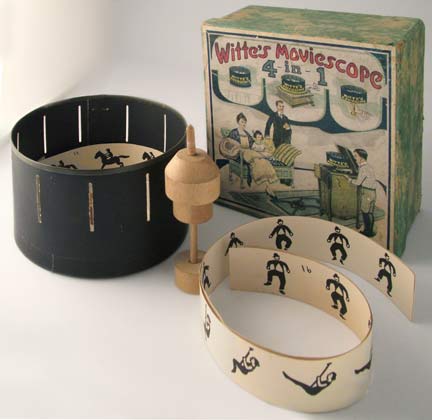
- daily? numerically? structurally?
- conversation?
- different languages? 'hello' 'bonjour' ...
Thursday, March 11
Wednesday, March 10
communication is a virus-location?
















